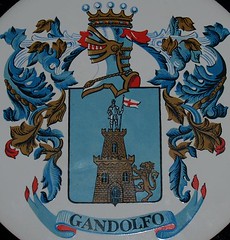Megiddo
RE: must see
----------------- Bulletin Message -----------------
From: Eddie Spaghetti
Date: Nov 28, 2008 2:19 AM
(don't mind the intro)
----------------- Bulletin Message -----------------
From: Eddie Spaghetti
Date: Nov 28, 2008 2:19 AM
(don't mind the intro)
Labels: Megiddo



